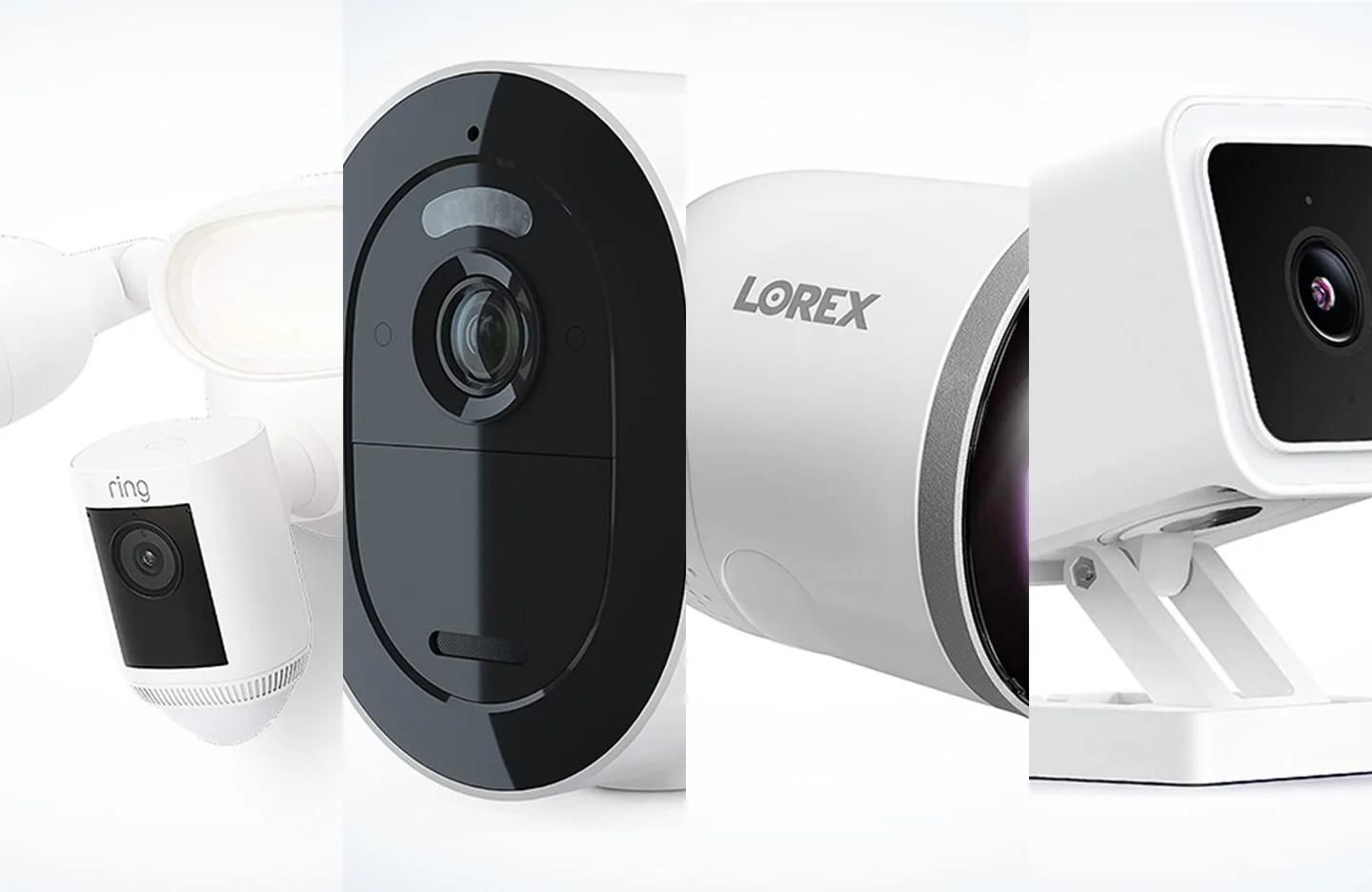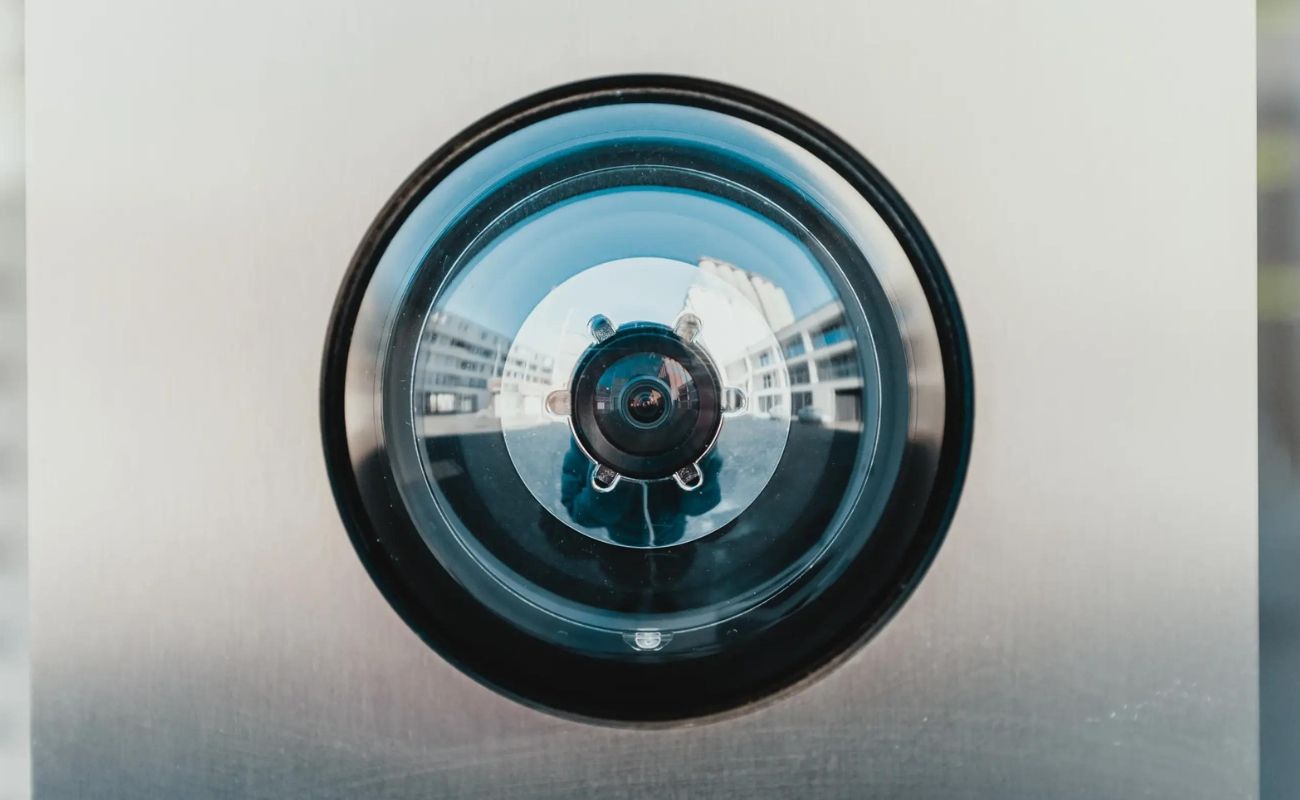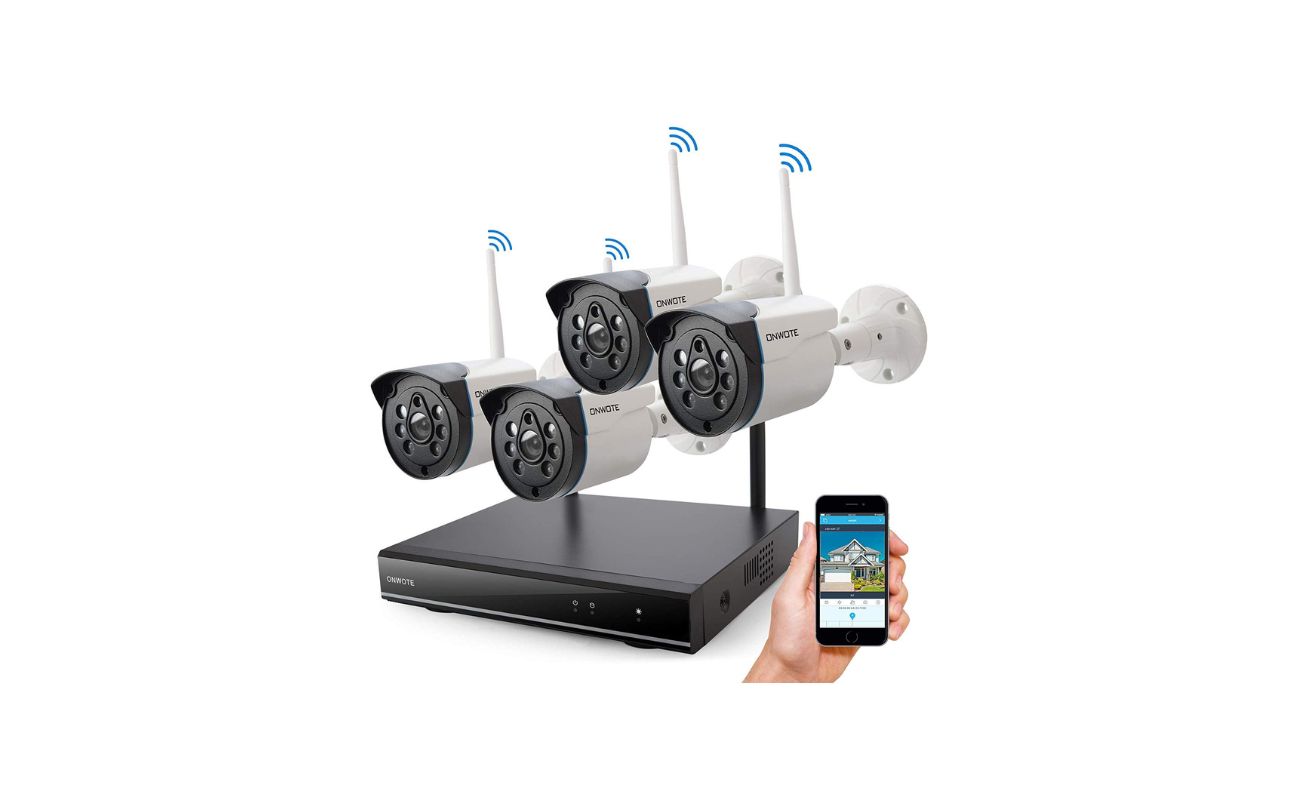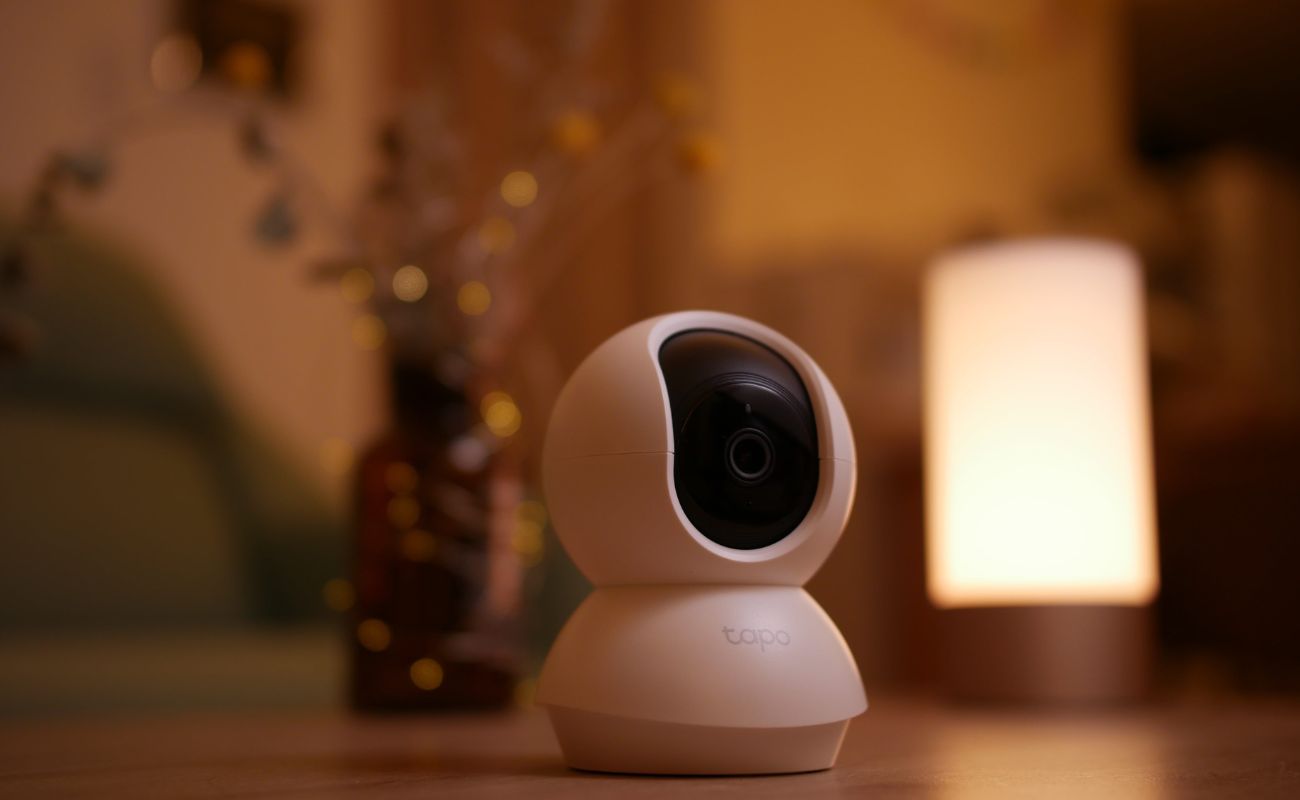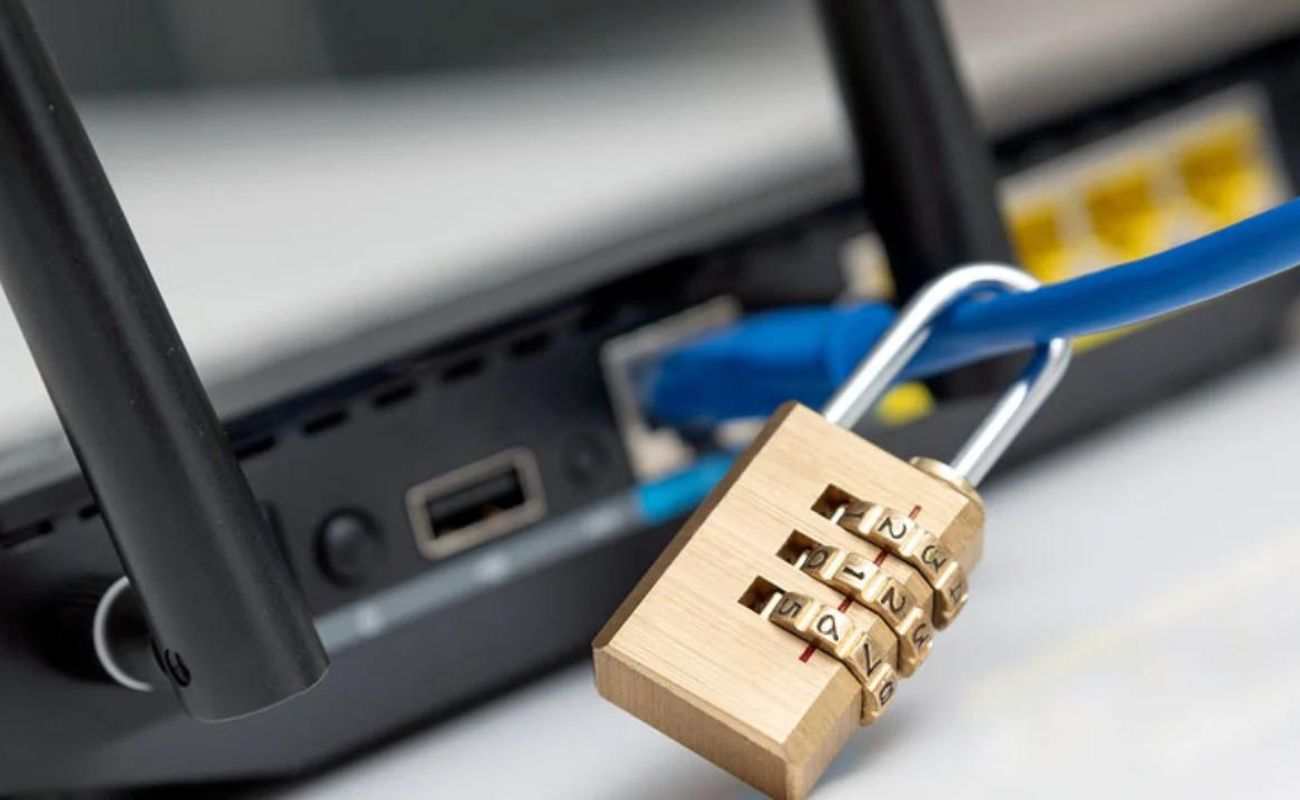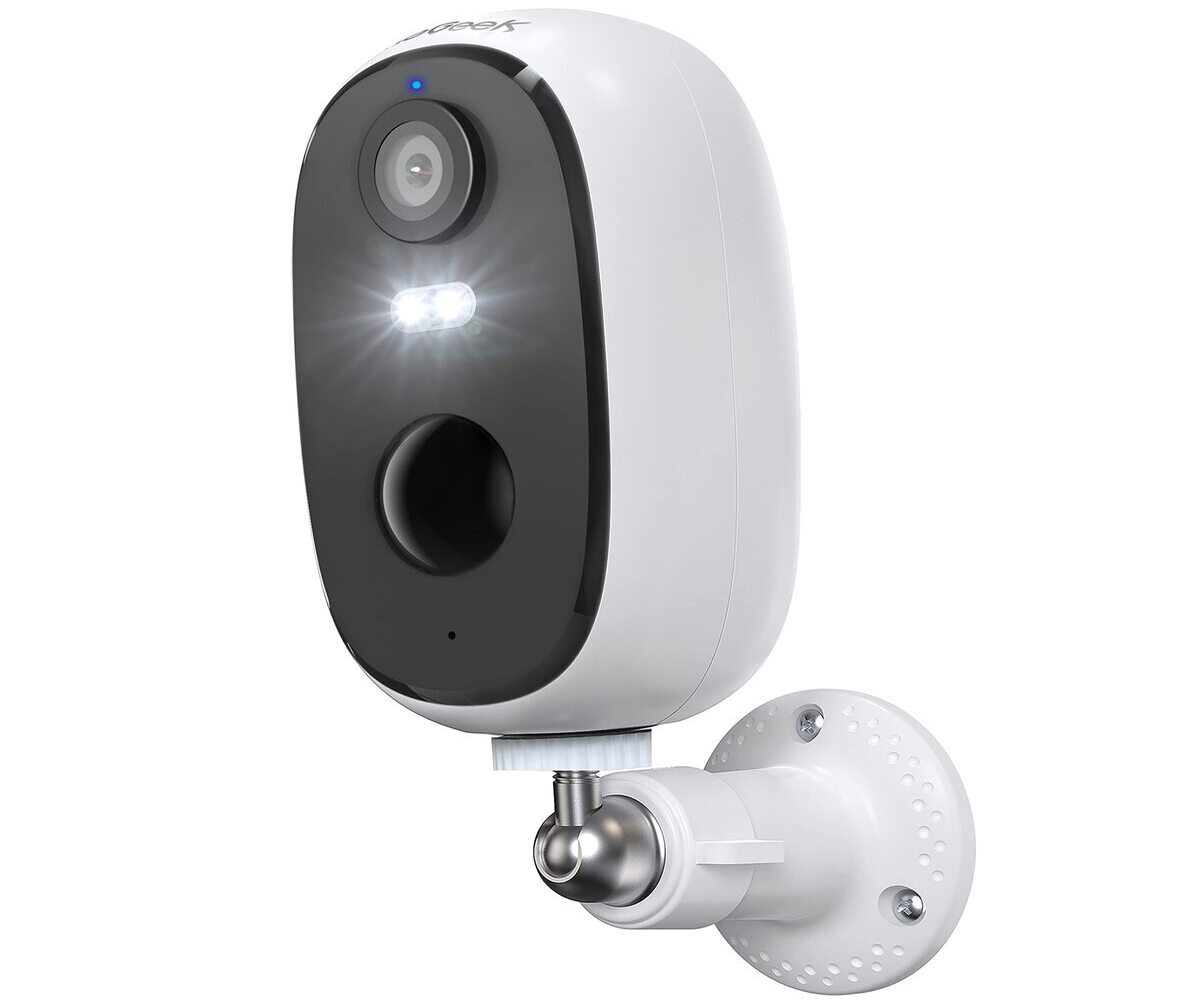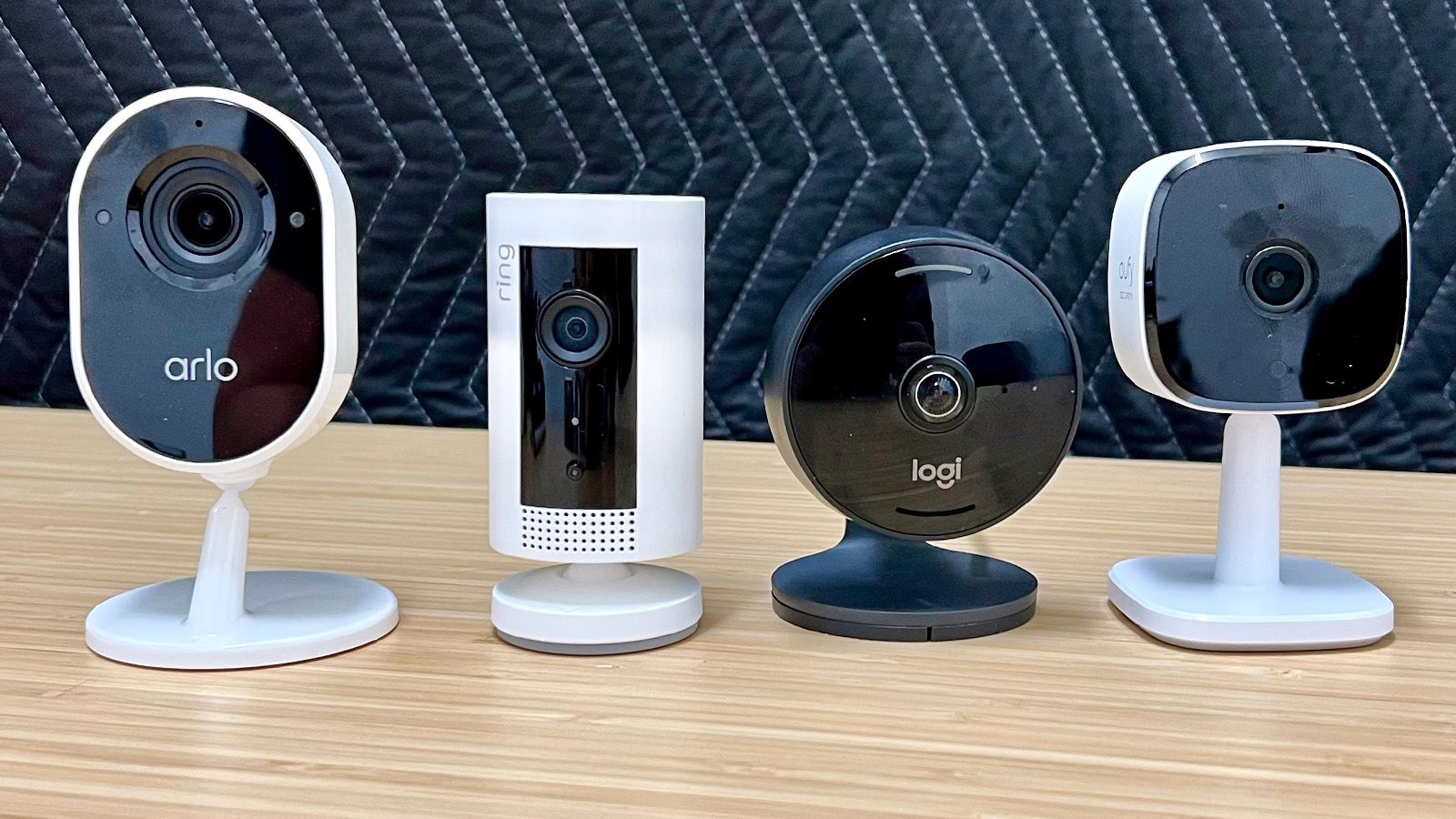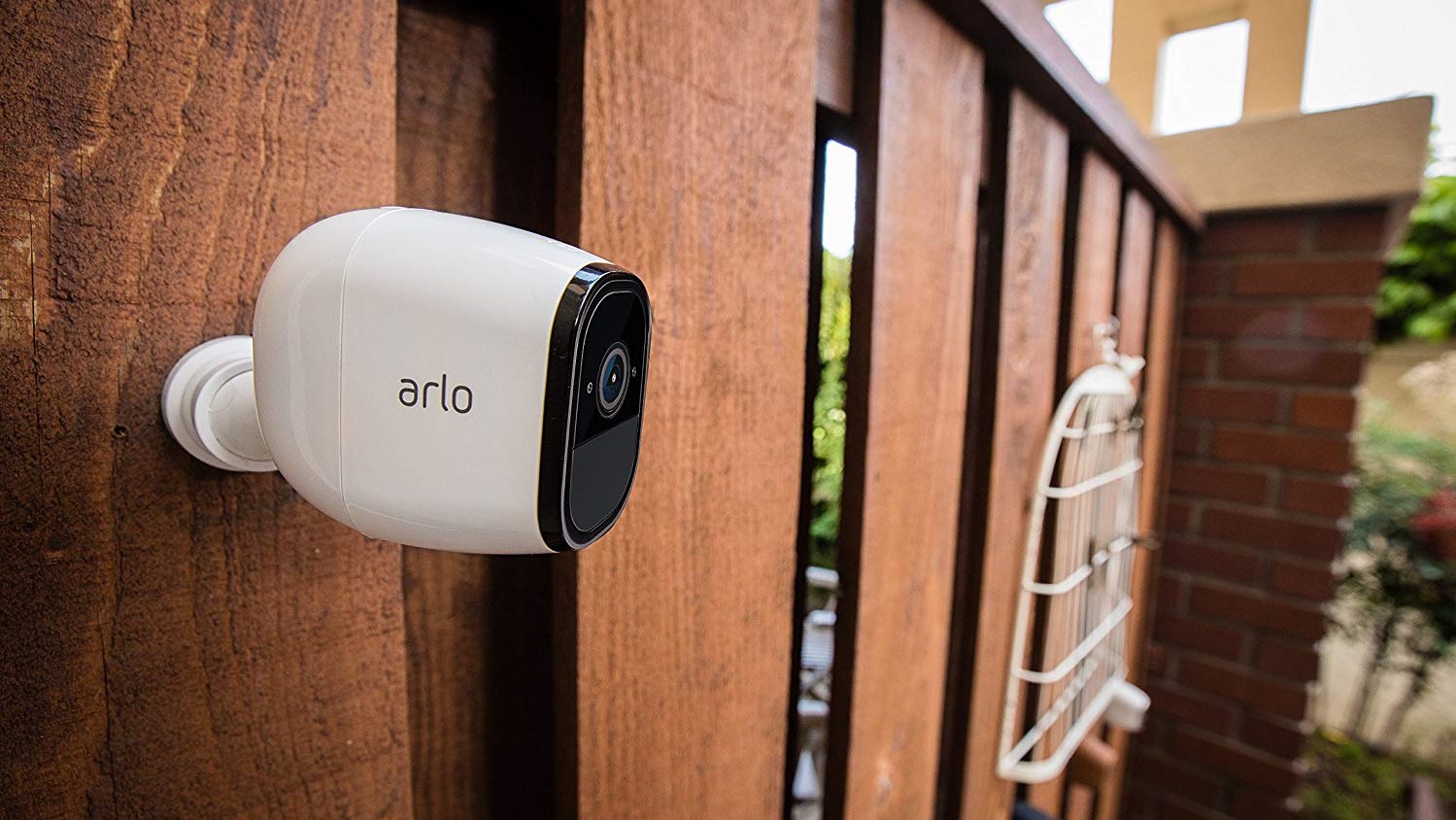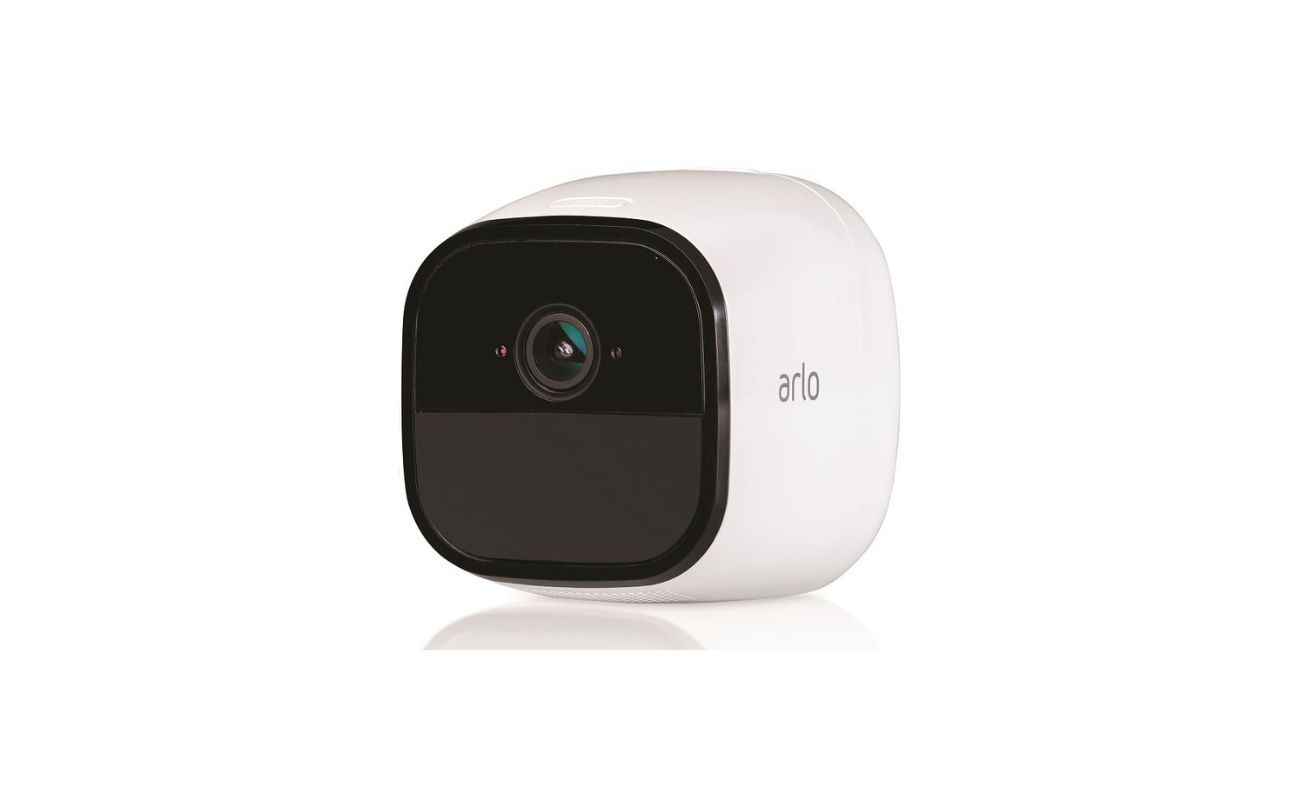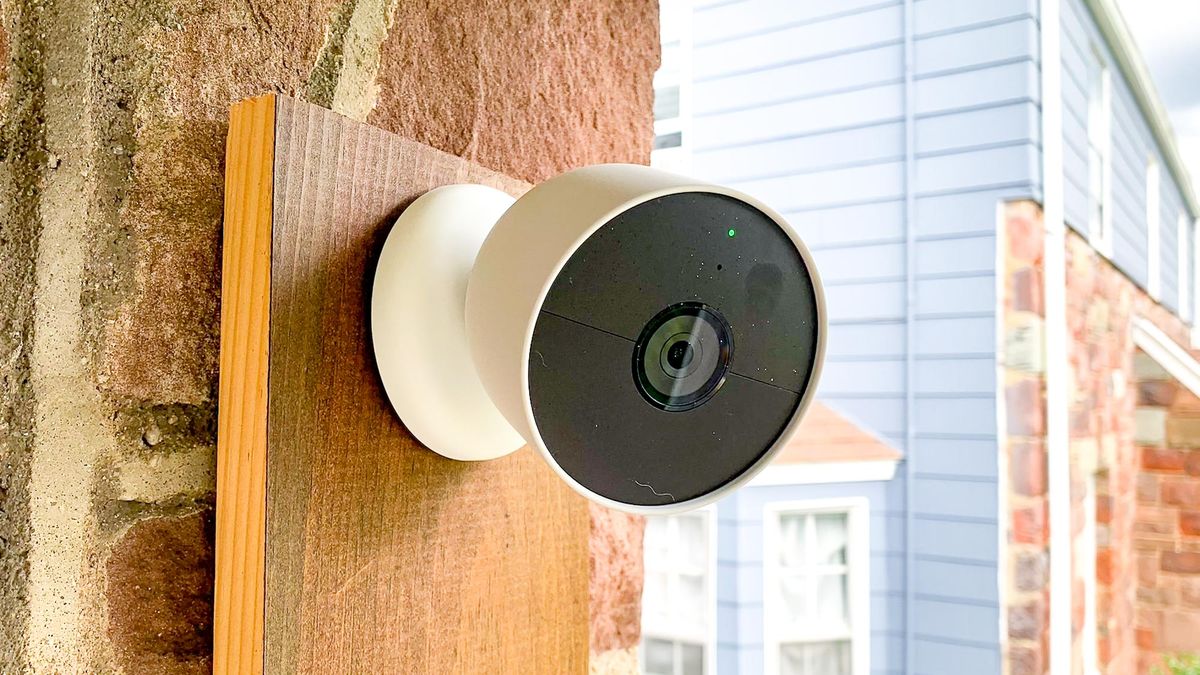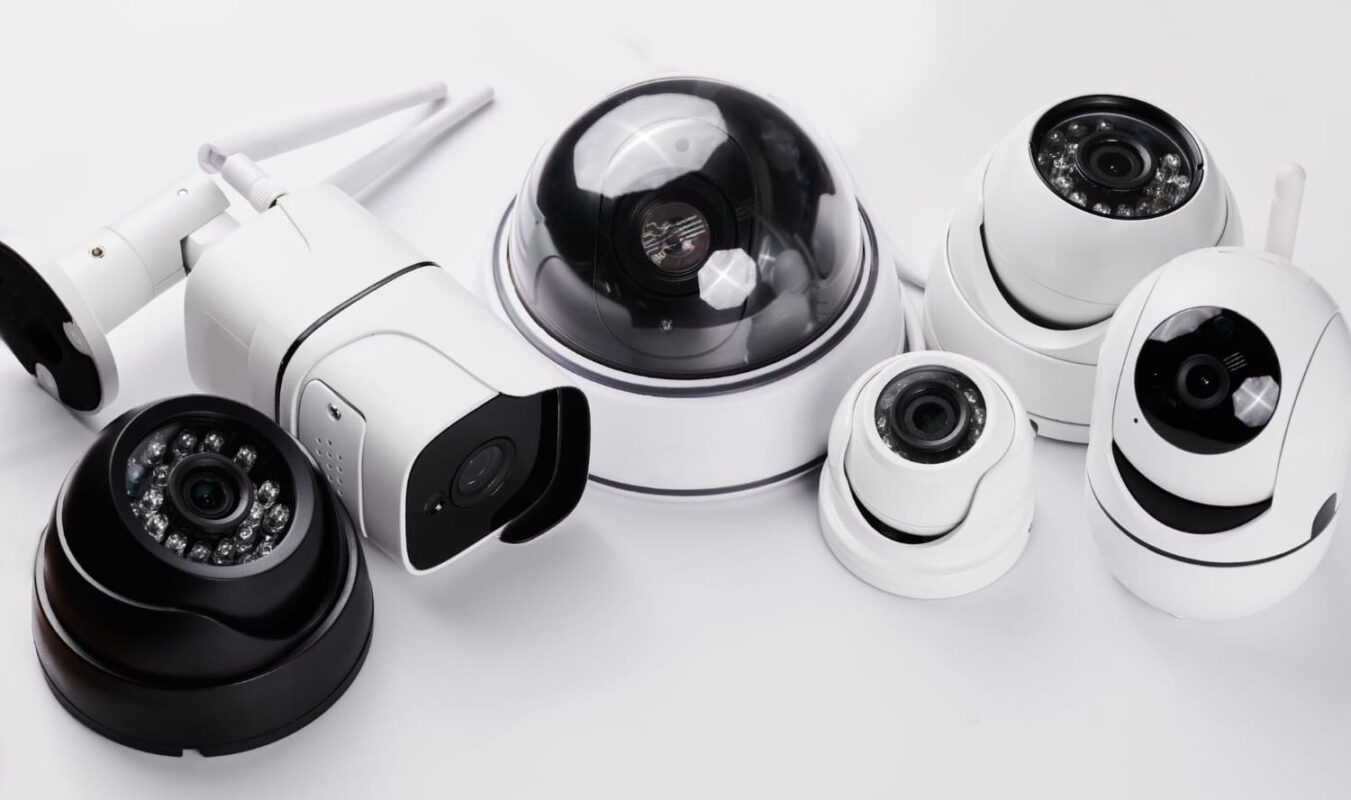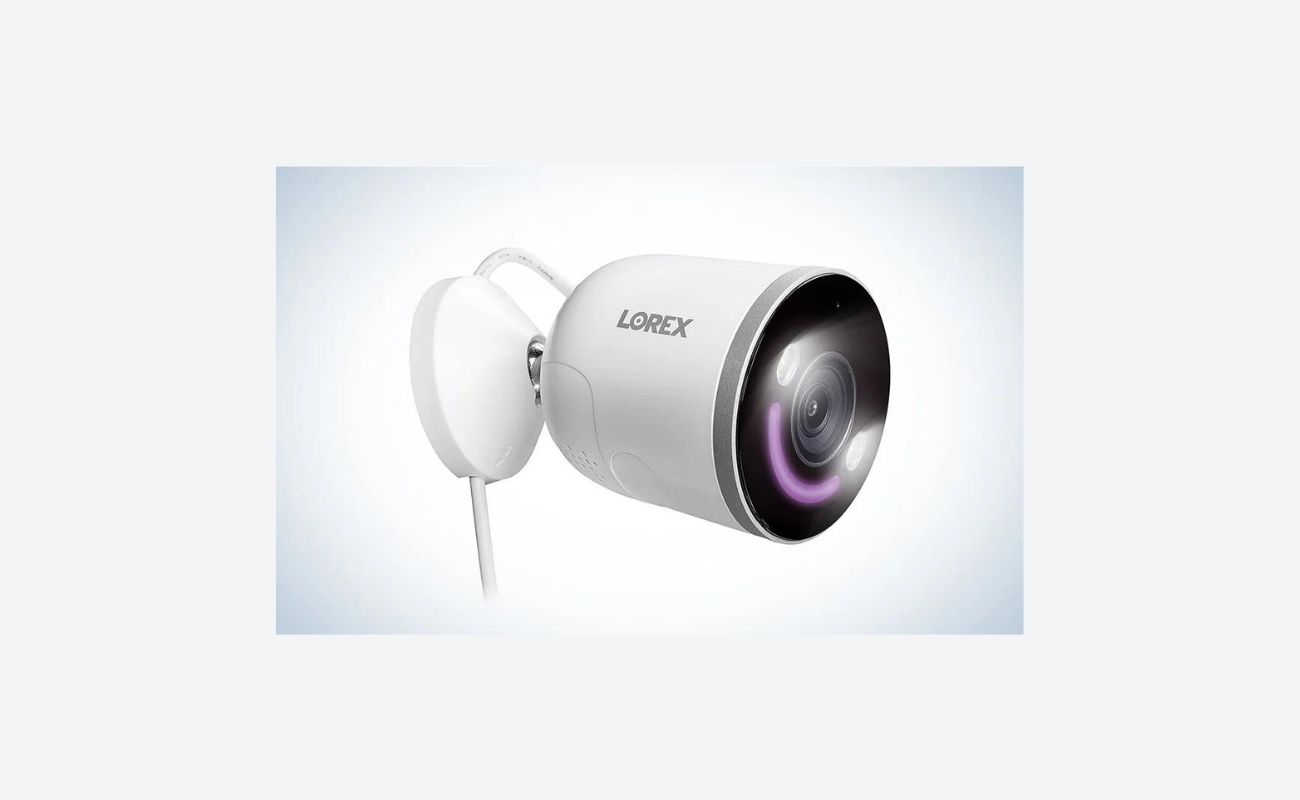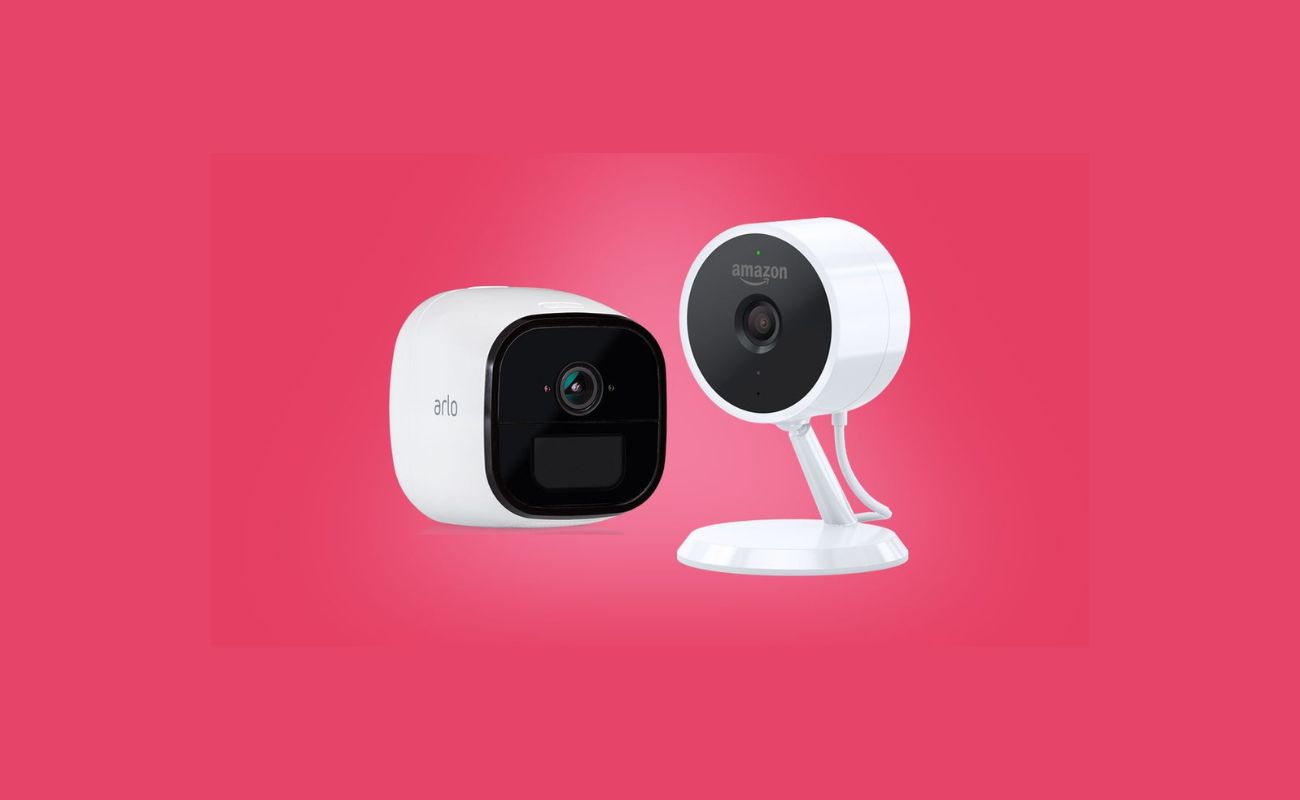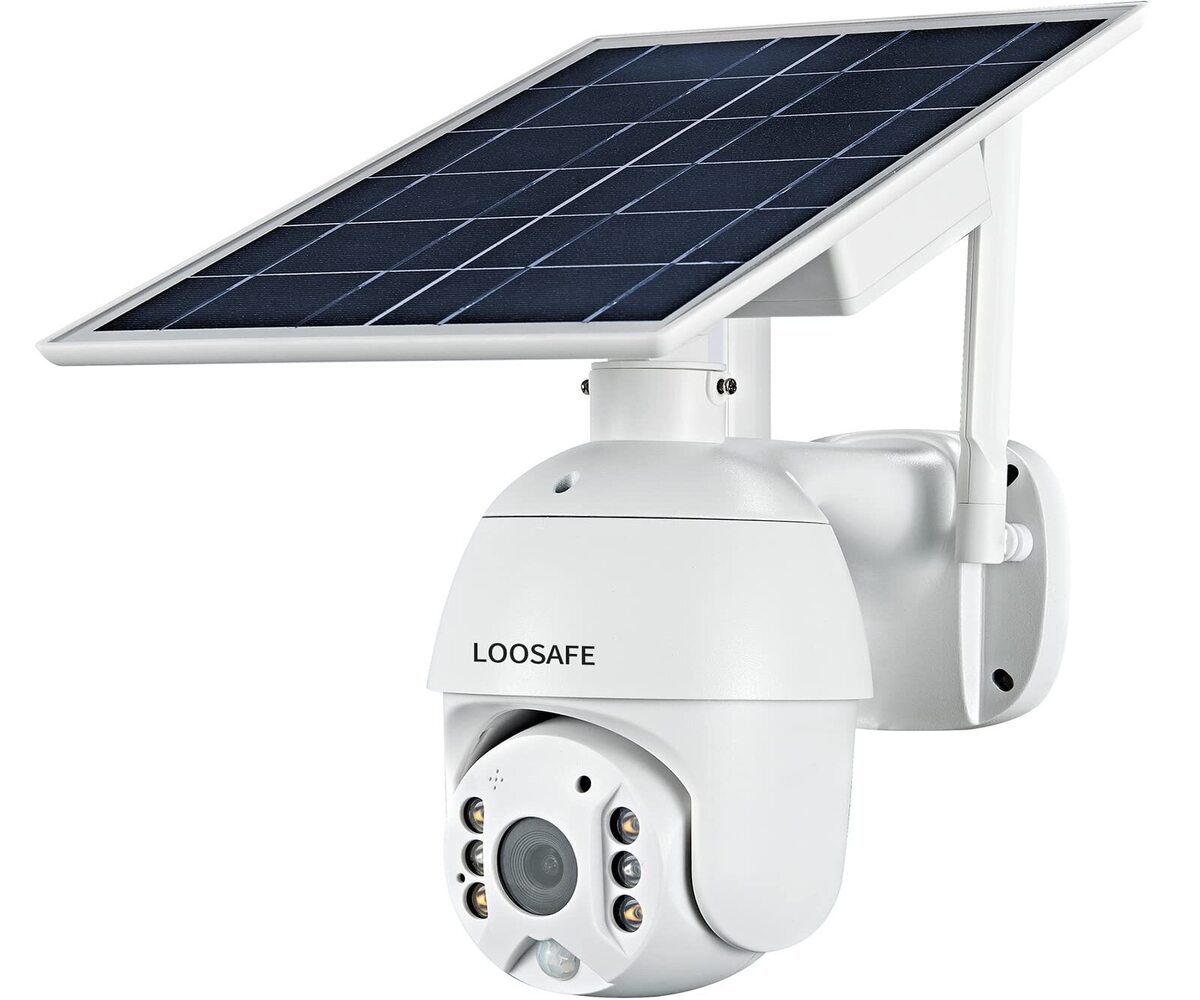Home>Home Security and Surveillance>What Cable To Use To Power A Wireless Security Camera
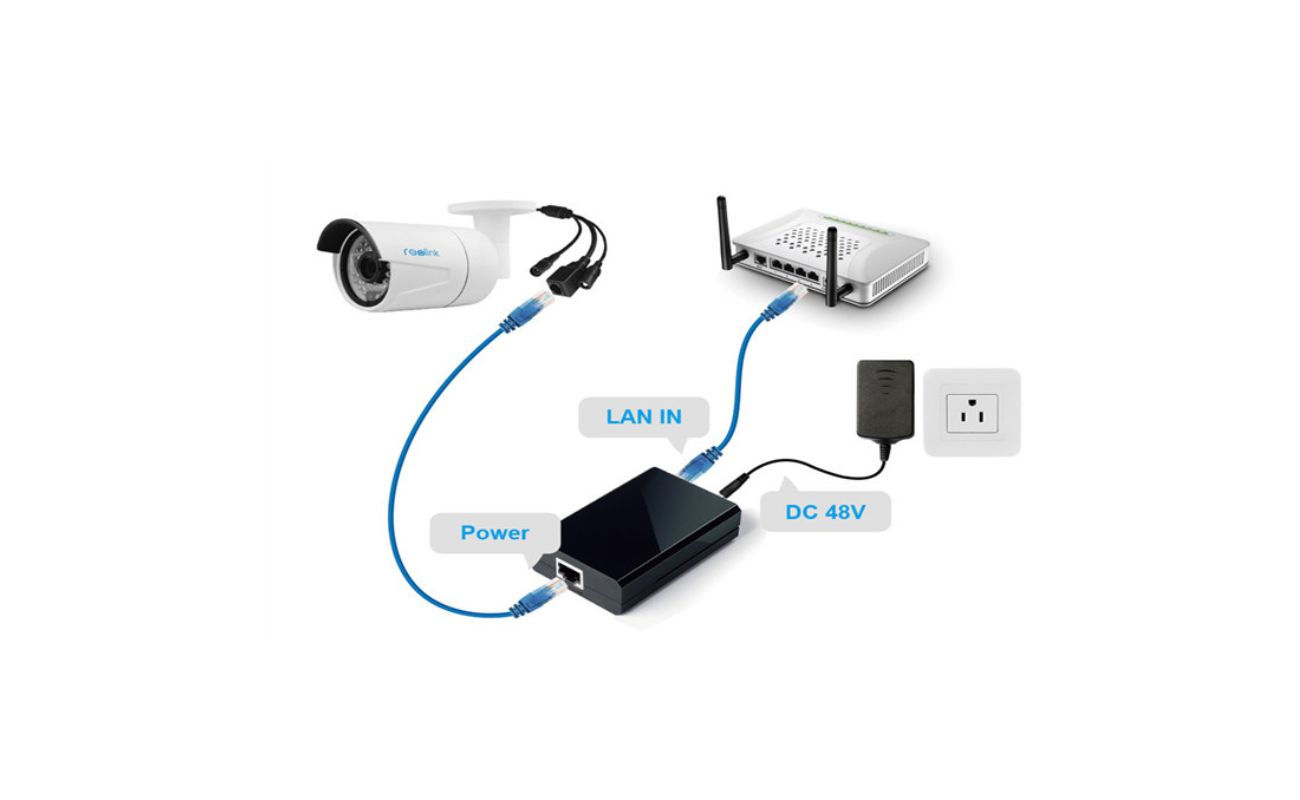

Home Security and Surveillance
What Cable To Use To Power A Wireless Security Camera
Modified: March 6, 2024
Looking for the ideal cable to power your wireless security camera? Discover the perfect solution for your home security and surveillance needs with our comprehensive guide.
(Many of the links in this article redirect to a specific reviewed product. Your purchase of these products through affiliate links helps to generate commission for Storables.com, at no extra cost. Learn more)
Introduction
Welcome to the world of home security and surveillance! With advancements in technology, wireless security cameras have become an increasingly popular choice for homeowners seeking to protect their properties. These cameras offer convenience, flexibility, and easy installation, making them an attractive option for DIY enthusiasts. However, one important aspect to consider when setting up a wireless security camera is the power source.
Wireless security cameras require a reliable and consistent power supply to ensure uninterrupted surveillance. While some models come with rechargeable batteries, many others need to be powered continuously. In this article, we will explore the different types of cables that can be used to power your wireless security camera and help you make an informed decision.
Key Takeaways:
- Choose the right cable for your wireless security camera based on power requirements, distance, and compatibility. USB cables are convenient for shorter distances, while Ethernet cables with PoE technology offer a comprehensive solution.
- Consider wireless power transmission for flexibility in camera placement, but be mindful of effective range and potential interference. Quality cables are crucial for stable and reliable power supply to ensure optimal camera performance.
Power Requirements of Wireless Security Cameras
Before we dive into the different types of cables, let’s first understand the power requirements of wireless security cameras. It is essential to know how much power your camera needs to ensure proper functioning and avoid any potential issues.
Most wireless security cameras have a maximum power consumption rating, which can vary depending on factors such as camera resolution, infrared night vision capabilities, and pan-tilt-zoom features. Typically, these cameras require a power supply ranging from 5 to 12 volts, with current requirements varying from 500 milliamps (mA) to 2 amps (A).
When selecting a power cable, it is crucial to choose one that can handle the camera’s power requirements and provide a stable and constant power supply. Using an inadequate or low-quality cable may lead to voltage drops, which can affect the camera’s performance and cause signal loss.
Now that we understand the power requirements, let’s explore the different types of cables that can be used to power your wireless security camera.
Choosing the Right Cable
When it comes to powering your wireless security camera, choosing the right cable is crucial for ensuring optimum performance and reliability. Here are some factors to consider when selecting a cable:
- Length: Determine the distance between your camera and the power source. Ensure that the cable length is sufficient to reach without stretching or straining.
- Gauge: The gauge of a cable determines its thickness and carrying capacity. Thicker cables have lower resistance and can handle higher voltages. For longer cable runs or cameras with high power requirements, it is advisable to use thicker gauge cables.
- Quality: Invest in high-quality cables that are designed for power transmission. These cables are less likely to experience voltage drops or signal loss, ensuring a stable power supply to your camera.
- Compatibility: Check the connector types on both the camera and the power source. Ensure that the cable connectors match to ensure a secure and reliable connection.
Now that we have covered the considerations, let’s explore the different cable options available for powering wireless security cameras.
USB Cable
One of the most common and readily available options for powering wireless security cameras is a USB cable. USB cables are widely used for data transfer and charging various devices, including smartphones, tablets, and cameras. Many wireless security cameras come with a USB port for power input, making it convenient to use a USB cable for power.
USB cables typically come in two variants: USB-A and USB-C. USB-A cables have a standard rectangular connector, while USB-C cables have a smaller, reversible connector. Ensure that the cable you choose matches the USB port on your camera.
When using a USB cable to power your wireless security camera, there are a few things to keep in mind. First, check the power output of the USB source, such as a power adapter or a USB port on a computer. Ensure that it provides the necessary voltage and current to meet your camera’s power requirements.
USB cables have a limited maximum power output, so they may not be suitable for cameras with higher power requirements. Additionally, the length of the cable can affect power transmission, as voltage drops may occur over longer distances. If you opt for a USB cable, make sure it is of good quality and, if needed, consider using a shorter cable or an active USB cable, which has built-in power amplification to compensate for voltage drops.
Overall, USB cables can be a convenient option for powering your wireless security camera, especially for cameras with lower power requirements and shorter distance from the power source. Just ensure that the power output, cable length, and quality are suitable for your camera’s needs.
Ethernet Cable
Ethernet cables are primarily used for network connections, but they can also be utilized to power wireless security cameras. This method, commonly known as Power over Ethernet (PoE), allows for both data transmission and power delivery over a single cable.
To use an Ethernet cable to power your wireless security camera, you will need a PoE injector or a PoE switch. These devices inject power into the Ethernet cable, which is then extracted by the camera through its PoE-compatible network port.
PoE is available in two different standards: PoE and PoE+. PoE provides up to 15.4 watts of power, while PoE+ can deliver up to 30 watts. When choosing an Ethernet cable for PoE, look for ones labeled as “Cat5e” or “Cat6” as they are designed to handle the power requirements of PoE.
Using an Ethernet cable for power offers several benefits. First, it simplifies the installation process by eliminating the need for a separate power cable. It also allows for longer cable runs since Ethernet cables have less voltage drop compared to other types of cables. Additionally, PoE enables remote power management, allowing you to turn the camera on or off using network commands.
However, not all wireless security cameras support PoE, so ensure that your camera is PoE-compatible before opting for this method. Additionally, check the power requirements of your camera and ensure that the PoE injector or switch can deliver the necessary power.
Overall, Ethernet cables with PoE can be an excellent option for powering your wireless security camera, especially in situations where a long cable run is required or when you want to simplify the installation process by using a single cable for both data and power transmission.
When powering a wireless security camera, use a high-quality, weatherproof, and shielded power cable to ensure a stable and reliable power supply. Make sure the cable is compatible with the camera’s power requirements.
Read more: What Is The Best Wireless Security Camera
Coaxial Cable
Coaxial cables are commonly used for transmitting television signals, but they can also be utilized to power wireless security cameras. Though not as common as USB or Ethernet cables for power delivery, coaxial cables can provide a viable option in certain scenarios.
To use a coaxial cable to power your wireless security camera, you will need a power injector or a power inserter. These devices inject power into the coaxial cable, which is then extracted by the camera through a coaxial power connector.
When selecting a coaxial cable for power delivery, it is crucial to choose one that is designed for this purpose. Power-ready coaxial cables, such as RG-59/U or RG-6 cables, have a separate power conductor alongside the signal conductor. This ensures proper power transmission without impacting the quality of the video signal.
Using a coaxial cable for power has its advantages. One major benefit is that coaxial cables are often readily available, especially if you already have a cable TV installation in your home. This can make it a convenient option for powering your wireless security camera without the need for additional cables.
However, there are a few considerations to keep in mind when using coaxial cables for power. First, ensure that your camera supports power delivery through a coaxial cable. Not all cameras have this capability, so check the camera’s specifications to confirm compatibility.
Additionally, coaxial cables may have higher resistance compared to other types of cables, which can result in voltage drops over long cable runs. If you opt for a coaxial cable, ensure that the distance between the camera and the power source is within the cable’s power transmission capabilities.
In summary, while not as common as USB or Ethernet cables for power delivery, coaxial cables can be used to power wireless security cameras in specific situations. Just ensure that your camera supports power delivery through a coaxial cable and that the cable is designed for power transmission.
Power over Ethernet (PoE) Cable
Power over Ethernet (PoE) cable is an innovative solution that combines data transmission and power delivery in a single cable. It is specifically designed to power devices such as wireless security cameras that support PoE technology.
PoE cables are typically categorized based on their power delivery capabilities. There are two main standards: PoE (802.3af) and PoE+ (802.3at). PoE can deliver up to 15.4 watts of power, while PoE+ can supply up to 30 watts.
To use a PoE cable to power your wireless security camera, you will need a PoE switch or a PoE injector. These devices provide power to the Ethernet cable, which is then extracted by the camera through its PoE-compatible network port.
Using a PoE cable for power has several benefits. Firstly, it simplifies the installation process by eliminating the need for a separate power cable. This reduces clutter and makes the setup more efficient. Secondly, PoE cables allow for longer cable runs as they have less voltage drop compared to other types of cables. Additionally, PoE enables remote power management, allowing you to control the camera’s power status using network commands.
When choosing a PoE cable, it is essential to ensure that it meets the necessary standards and specifications. Look for cables labeled as “Cat5e” or “Cat6” as these are designed to handle the power requirements of PoE. Additionally, consider the length and quality of the cable to ensure a reliable power supply.
It is worth noting that not all wireless security cameras support PoE, so make sure your camera is PoE-compatible before selecting this option. Additionally, check the power requirements of your camera and ensure that the PoE switch or injector can deliver the necessary power.
In summary, PoE cables offer a convenient and efficient solution for powering your wireless security camera. They simplify the installation process, allow for longer cable runs, and provide remote power management capabilities. Just ensure that your camera is PoE-compatible, and the cable meets the necessary standards and power requirements.
Wireless Power Transmission
In recent years, there have been advancements in wireless power transmission technologies, offering an alternative method for powering wireless security cameras. Through wireless power transmission, electricity is transferred from a power source to the camera without the need for physical cables.
One of the most common wireless power transmission technologies is called electromagnetic induction. This method works by using two coils: one in the power source and another in the camera. When the coils are in close proximity, an alternating current is induced in the receiving coil, providing power to the camera.
Wireless power transmission eliminates the need for running cables, making it a convenient option in situations where running cables is impractical or aesthetically unpleasing. It offers flexibility in camera placement and allows for easy repositioning or relocation without the constraints of physical cables.
However, wireless power transmission does have its limitations. The distance between the power source and the camera must be within the effective range of the wireless transmission technology being used. Additionally, efficiency can decrease with greater distance, resulting in power loss. It is important to consider these factors when opting for wireless power transmission.
When selecting a wireless power transmission system, ensure that it is compatible with your camera’s power requirements and specifications. Some wireless power transmission technologies may not provide sufficient power for cameras with higher power demands, so it is essential to confirm compatibility.
It is also crucial to be aware of any potential interference that may affect the wireless power transmission. Other devices or objects in close proximity, such as metal objects or strong electromagnetic signals, may hinder the transmission and impact its effectiveness.
In summary, wireless power transmission offers a cable-free solution for powering wireless security cameras. It provides flexibility in camera placement and eliminates the need for physical cables. However, it is important to consider the effective range, power requirements, and potential sources of interference when opting for wireless power transmission.
Conclusion
Choosing the right cable for powering your wireless security camera is essential to ensure reliable and uninterrupted surveillance. Each type of cable has its own advantages and considerations, and the choice depends on factors like power requirements, distance, and compatibility.
If you prefer a convenient and widely available option, USB cables can be a suitable choice for cameras with lower power requirements and shorter distances from the power source. Ethernet cables with Power over Ethernet (PoE) technology provide a comprehensive solution, allowing both power delivery and data transmission over a single cable. Coaxial cables can be a viable option, especially if you already have a cable TV installation in your home.
For those looking for wireless power transmission, technologies like electromagnetic induction offer flexibility in camera placement and eliminate the need for physical cables. However, it is important to consider the effective range, power requirements, and potential sources of interference when opting for this method.
In conclusion, when selecting a cable to power your wireless security camera, consider factors such as power requirements, distance, convenience, and compatibility. It is crucial to choose a cable that can provide a stable and reliable power supply to ensure the optimal performance of your camera.
Remember to also ensure that the cable is of good quality, as this will minimize voltage drops and signal loss. By making an informed decision and choosing the right cable, you can ensure that your wireless security camera operates seamlessly and provides the protection you desire for your home or property.
Frequently Asked Questions about What Cable To Use To Power A Wireless Security Camera
Was this page helpful?
At Storables.com, we guarantee accurate and reliable information. Our content, validated by Expert Board Contributors, is crafted following stringent Editorial Policies. We're committed to providing you with well-researched, expert-backed insights for all your informational needs.
